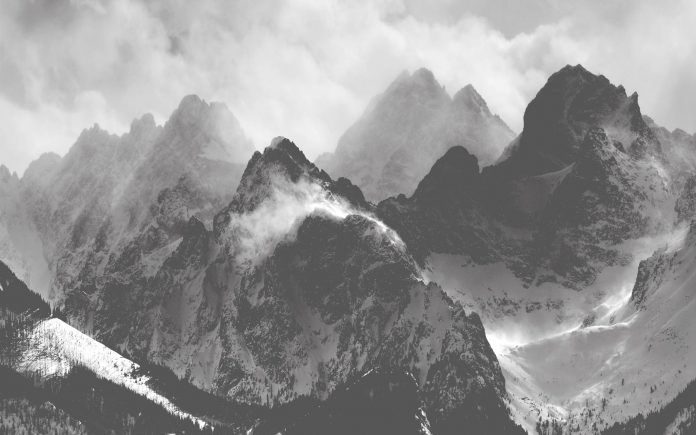OpenCV is the huge open-source library for computer vision, machine learning, and image processing and now it plays a major role in real-time operation which is very important in today’s systems. By using it, one can process images and videos to identify objects, faces, or even the handwriting of a human.
Point processing in spatial domain
All the processing done on the pixel values. Point processing operations take the form –
s = T ( r )
Here, T is referred to as a grey level transformation function or a point processing operation, s refers to the processed image pixel value and r refers to the original image pixel value.
Image Negative:
s = (L-1) – r, where L= number of grey levels
Thresholding:
s = L-1 for r > threshold s = 0 for r < threshold
Grey level slicing with background:
s = L-1 for a < r < b, here a and b define some specific range of grey level s = r otherwise.
Below is the implementation.
Original Input Image :

Python3
import cv2import numpy as np # Image negativeimg = cv2.imread('food.jpeg',0) # To ascertain total numbers of # rows and columns of the image,# size of the imagem,n = img.shape # To find the maximum grey level# value in the imageL = img.max() # Maximum grey level value minus # the original image gives the# negative imageimg_neg = L-img # convert the np array img_neg to # a png imagecv2.imwrite('Cameraman_Negative.png', img_neg) # Thresholding without background # Let threshold =T# Let pixel value in the original be denoted by r# Let pixel value in the new image be denoted by s# If r<T, s= 0# If r>T, s=255 T = 150# create an array of zerosimg_thresh = np.zeros((m,n), dtype = int) for i in range(m): for j in range(n): if img[i,j] < T: img_thresh[i,j]= 0 else: img_thresh[i,j] = 255 # Convert array to png imagecv2.imwrite('Cameraman_Thresh.png', img_thresh) # the lower threshold valueT1 = 100# the upper threshold valueT2 = 180# create an array of zerosimg_thresh_back = np.zeros((m,n), dtype = int) for i in range(m): for j in range(n): if T1 < img[i,j] < T2: img_thresh_back[i,j]= 255 else: img_thresh_back[i,j] = img[i,j]# Convert array to png imagecv2.imwrite('Cameraman_Thresh_Back.png', img_thresh_back) |
Output :
Image Negative

Output :
Image with Thresholding :

Output :
Image with Grey Level Slicing with Background





